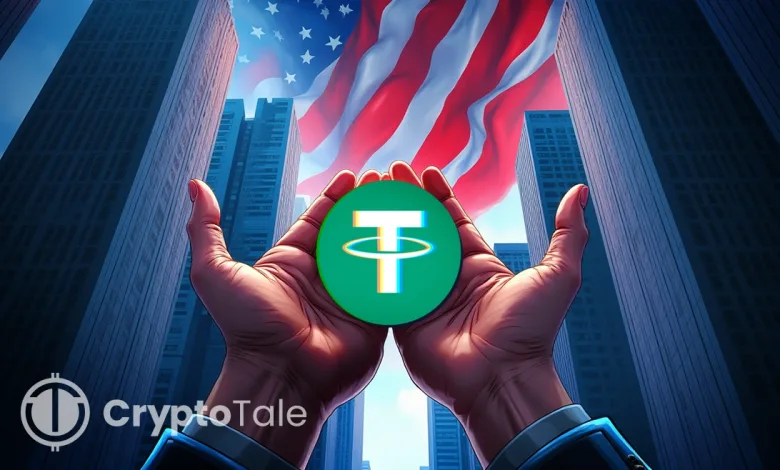Tether Eyes New US Compliant Stablecoin Amid Regulatory Shifts

- Tether is considering a new US-compliant stablecoin rather than adapting USDT.
- The new stablecoin aims to comply with pending US regulations like STABLE and GENIUS Acts.
- Tether CEO sees USDT fit for emerging markets and plans the new coin for U.S. payments.
Tether, the company behind the world’s largest stablecoin, USDT, is considering launching a new US-compliant stablecoin as it seeks to maintain its presence in the American market amid tightening regulations. The announcement was made by Tether CEO Paolo Ardoino on April 4, signaling a pivotal shift in the company’s strategy.
By introducing the Stablecoin Transparency and Accountability for a Better Ledger Economy Act (STABLE Act) and the Guiding and Establishing National Innovation for US Stablecoins (GENIUS Act) in early 2025, the US is tightening stablecoin regulations. These proposed bills focus on reserve backing, mandatory audits, and anti-money laundering (AML) compliance. They would also effectively bar non-U.S. entities like Tether from operating unless they restructure or create domestic alternatives.
In accordance with this, rather than modifying USDT, Tether may introduce an entirely new stablecoin designed to meet the requirements of pending US legislation. In a recent interview, Ardoino said Tether is considering creating a new US-domiciled stablecoin that will comply with pending American stablecoin laws. He also added,
We believe that our main stablecoin is perfected for emerging markets, but we can craft a payment stablecoin that works for the US. We need to have two products with two different value propositions.
While USDT has a 70% share of the global stablecoin market and a market cap of over $140 billion, analysts believe that a domestically compliant Tether coin could directly compete with Circle’s USDC, which already meets US standards and holds about 20% of the market.
Related: Bo Hines Confirms Stablecoin Legislation After GENIUS Act
Further, the potential diversification of the USDT for emerging markets and new stablecoin for US users reflects a growing trend in the crypto space toward regulatory localization. However, key details remain unknown, including the structure, reserve assets, timeline, and regulatory partners for the new coin. Questions also remain about whether Tether can quickly adapt to meet the rigorous demands of U.S. law, including audit requirements and capital backing from regulated institutions.





